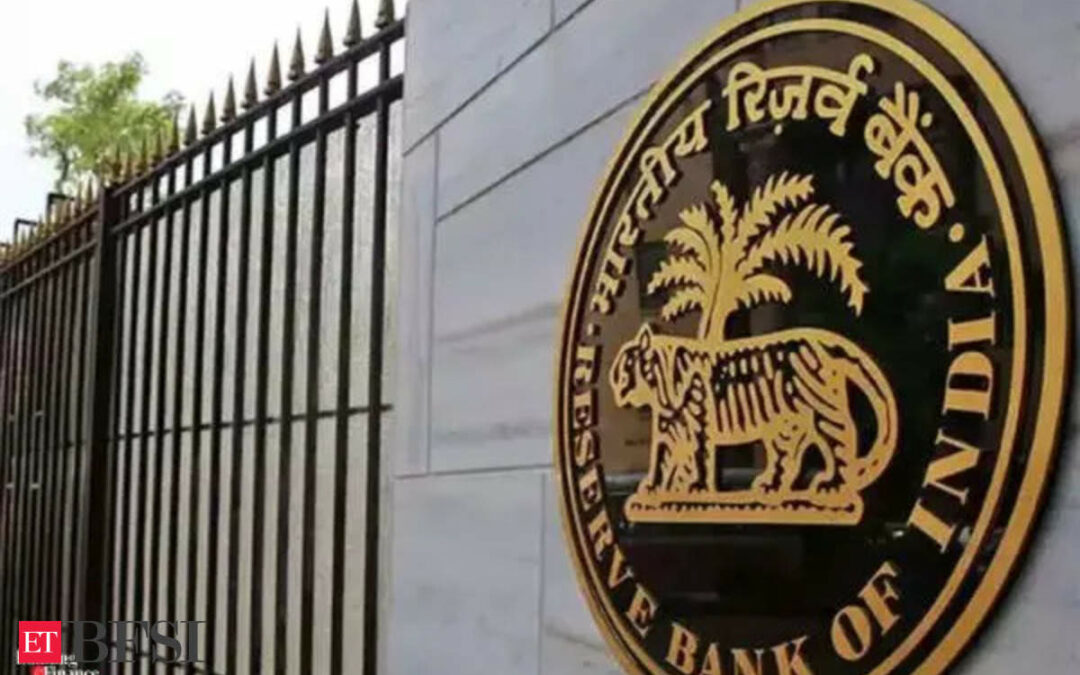The Federal Reserve’s recent decision to cut its benchmark interest rate by another 25 basis points, taking the federal funds rate target range to 4.5%-4.75%, may prompt a cautious response from the Reserve Bank of India (RBI), according to analysts. This is Fed’s second consecutive cut following a 50-basis-point reduction in the previous Federal Open Market Committee (FOMC) meeting, highlighting a softened policy stance aimed at supporting U.S. economic growth amid elevated inflation. Global central banks, including the Bank of England and the European Central Bank, have recently followed suit with their own rate cuts in response to easing inflation and demands for affordable credit, underscoring a global trend towards more growth-centric policies.Slower and measured
For India, the Fed’s latest rate cut signals that domestic rate reductions might be slower and more measured.
“While December may still see a 25bps cut, the risks are clearly skewed toward a delay or even a slower pace, given the backdrop of still-elevated inflation. We note the Fed funds futures pricing has now materially moved post the US election outcome to merely ~2.5 cuts in CY25. Early this year, we had feared the risk of the Fed overdelivering, but had maintained that the cut cycle would be shallower than the past ones,” Emkay Global Financial Services said in a report.
With India’s inflation expected to tick up to 6% in October from 5.5% in September, the RBI is likely to delay easing measures until inflation aligns closer to its 4% target, expected around April. The possibility of elevated U.S. yields, driven by persistent macroeconomic volatility, fiscal deficits, and substantial debt issuance, could further raise term and risk premiums globally, which may lead to higher borrowing costs in emerging markets like India. The RBI may therefore prioritize financial stability and currency volatility over aggressive rate cuts, especially amid potential spillovers from the Fed’s policies.While the Fed’s recent move was largely anticipated, the trajectory of its future rate cuts remains uncertain. The Fed has emphasised a data-dependent approach, but with signs that inflationary pressures are easing, it appears unlikely to revert to a tightening mode anytime soon. Moreover, the 10-year US Treasury yield, which spiked to 4.4% before the recent US presidential election, has now slightly declined to 4.35%, signalling tempered inflation concerns. However, with a Trump administration in place, market observers speculate that lower taxes and an emphasis on trade protectionism could lead to economic strengthening, potentially influencing inflation levels and global trade dynamics.











